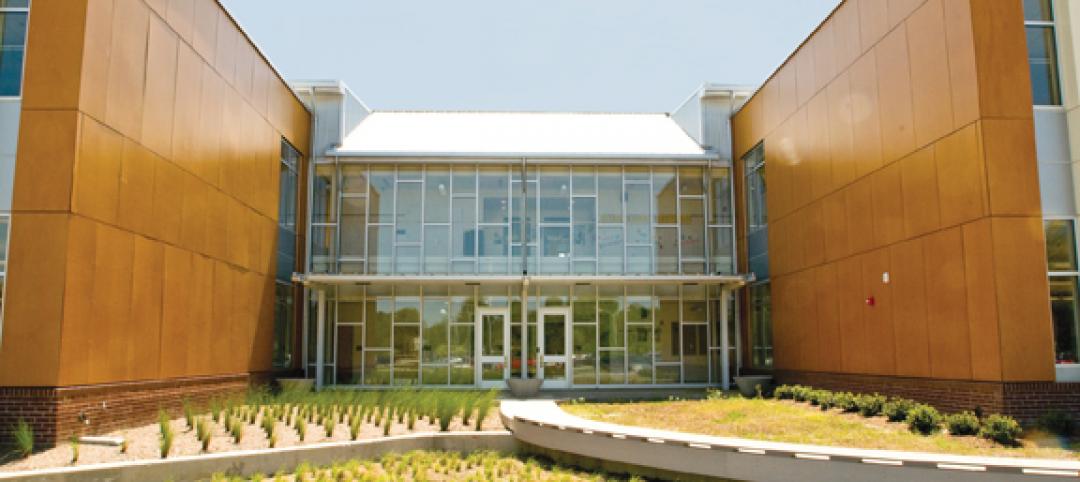The Los Angeles Business Council released the results of its study on the feasibility of installing solar panels on the city’s multifamily buildings to help meet California’s proposed law seeking 33% renewable energy by 2020, of which 70% would have to be generated from in-state resources. Los Angeles Mayor Antonio Villaraigosa has also called for one gigawatt of solar development in the city, including a feed-in-tariff (FiT) program.
The study reveals that the city has tremendous capacity for multifamily housing to contribute to a broad solar program, and that a significant portion of that rooftop capacity comes from buildings in economically depressed neighborhoods. Solar installations could therefore be used to create jobs, lower utility costs, and improve conditions for residents in these neighborhood.
The city’s total number of potential multifamily sites is in excess of 100,000, with the potential to handle solar installations capable of generating 1,411 MW (one megawatt of solar capacity should offset the energy needs of 100 homes), with 59 to 130 MW generated in each of Los Angeles’s 15 council districts. The study indicates that the sites best suited for this type of development are those capable of generating around 50kW, and there are enough of those sites to potentially generate 300 MW.
The study recommends the city institute a 300 MW program, which could offer a pay rate of 24 to 26 cents per kWh, enough to attract a significant number of interested property owners. The rate could be in direct payments, or in the case of a FiT, via a combination of payments and rebates. A 300 MW program would also directly and indirectly generate 4,500 jobs, as well as lower utility costs for many Angelinos, allowing them to live in a more affordable and sustainable environment. An additional benefit: a 300 MW program would reduce 6.7 million tons equivalent CO2 by replacing coal and 4.1 million tons equivalent by replacing natural gas—akin to taking 69,000 to 112,000 cars off the road.
Can a case be made for a similar program in your city?
Related Stories
| Nov 12, 2012
PCI Skanska celebrates 40-year anniversary
Since its creation, PCI Skanska has provided EPC services to clients for more than 40 years.
| Nov 12, 2012
AISC launches 'Night School' online educational program
The program's weekly webinar sessions offer structural engineers a great opportunity to enhance their professional development online while accommodating their schedules.
| Nov 11, 2012
Under40 Leadership Summit draws 71 young leaders to Chicago
More than 70 young—that is, under age 40—architects, engineers, and construction professionals descended on Chicago in early October with one thought in mind: to learn how to “create with clarity.”
| Nov 11, 2012
AIA: Building Envelope
Preventing and treating failure in glazed curtain wall systems. Earn 1.0 AIA/CES learning units by studying this article and successfully completing the online exam.
| Nov 11, 2012
Greenbuild 2012 Report: Hospitality
Hotel boom signals good news for greener lodging facilities
| Nov 11, 2012
Greenbuild 2012 Report: Government & Military
Public sector remains a bastion of sustainability
| Nov 11, 2012
Greenbuild 2012 Report: Healthcare
Green medical facilities extend beyond hospital walls
| Nov 11, 2012
Greenbuild 2012 Report: Multifamily
Sustainably designed apartments are apples of developers’ eyes
| Nov 11, 2012
Greenbuild 2012 Report: Higher Education
More and more colleges and universities see sustainainably designed buildings as a given
| Nov 11, 2012
Greenbuild 2012 Report: K-12
High-performance schools put ‘sustainability’ in the lesson plan















